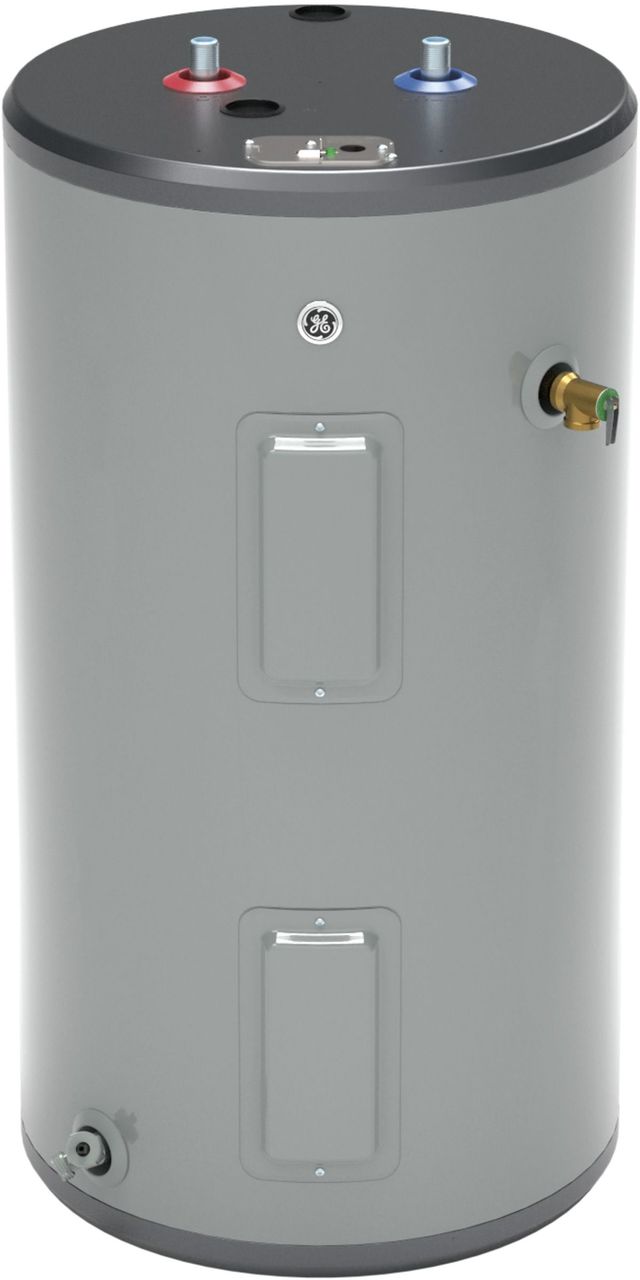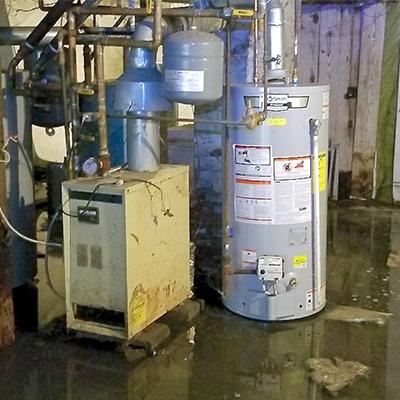Key Actions Residential Property Owners Should Consider While Handling Malfunctioning Heating Units
Key Actions Residential Property Owners Should Consider While Handling Malfunctioning Heating Units
Blog Article
Just about everyone may have their personal conception when it comes to Broken Water Heaters.

Whether it is situated in the cellar or a separate room, busted water heating systems can create stress and anxiety. Having no warm water supply is also troublesome.
Turn Off Source Of Power
Before calling the plumber, turned off a gas hot water heater by transforming the temperature level dial. This is generally situated on top of the thermostat. Switch off the circuit breaker if you have a version that runs on electrical power. This will avoid electrocution, specifically if there is a leakage as water is a conductor. Commonly, the heating element turns off when the water hits a certain temperature. With a damaged container, it might malfunction. Cutting it off guarantees you stay risk-free.
Cut Off the Cold Water Supply
Cut off the storage tanks touch water supply from the resource. When your tank is in great condition, the cool water quits loading up when the storage tank is complete. If you can not locate it or reach it, you have to turn off that main water supply line outside your building.
Call the Plumber
After doing the first 2 security steps, you have to call your plumber to find as soon as possible to take care of a ruptured hot water heater. Nevertheless, bear in mind that your system will not simply conk out substantially overnight. There are typically indicators that your aging water heater has sediment build-up in the interior. Make note of the following:
Do not wait on significant flooding to call the plumber. Already, you will certainly need to invest even more to restore your residential or commercial property. Rather, as quickly as you identify these indications, have a professional involved examine your water heater give thanks to. Normally, water heaters have a lifespan of regarding 8 to 12 years. With regular evaluation and also maintenance, you can lengthen its life.
Tidy up Residential property
After calling the plumber, record damages by remembering and images so you can declare your property owner's insurance policy. From there, start the immediate cleaning. Get any kind of essential belongings to avoid more soaking. After that, get rid of any kind of standing water to prevent mold and also mold growth. If you have a completely submersible water pump, use that to drain the water. Otherwise, the conventional pail technique will additionally work. Attempt to mop out every little thing, including walls as well as walls. Maintain them running to keep air flowing if you have an electric fan as well as dehumidifier. This will certainly aid discourage mold development.
Keep in mind, if you observe any kind of concerns with your water heater, call the pros today. You can not take this trouble lightly since a damaged thermostat can increase water temp to a hazardously high degree, resulting in unexpected burns. A broken heating unit pressure safety valve can also create an explosion. For finest outcomes, get an annual check so your device obtains evaluated, cleaned, drained pipes, and also refilled, guaranteeing optimum efficiency.
Whether it is located in the cellar or a separate area, busted water heaters can create anxiety. Before calling the plumber, closed off a gas water heater by transforming the temperature dial. After doing the first two safety actions, you must call your plumber to come right away to fix a ruptured water heater. If you have a submersible water pump, use that to drain the water. Remember, if you observe any type of problems with your water heater, call the pros right away.
8 REASONS YOUR HOT WATER HEATER IS NOT WORKING & HOW TO FIX
Water Heater Problems & Solutions
Loose or Damaged In-Line Valve
Unlike a water leak near the bottom of your water tank, a water leak on top of your system can be easily fixed. A common cause of water tank leaks includes a loose in-line valve. This is a handle that is located at the top of the water tank that is engineered to activate or deactivate the flow of water. To fix this problem, you will need to secure the nut that holds the ball or in-line valve in its location. If the leak becomes more severe once it is tightened, you will be required to travel to your local hardware store to purchase a new in-line valve for your water heater.
Damaged Pressure Relief Valve
Most types of water heaters are equipped with a pressure relief valve that is engineered to discharge pressure from the water tank when it becomes too high. If this valve on top of your water heater begins to leak, we recommend purchasing a new one online or from your local store. The process of removing and replacing pressure relief valves is not complicated.
No Warm Water
If you have an electric water heater in your home, the most typical cause of a lack of warm water is a broken heating element. Your water heater is equipped with two heating elements that are tasked with heating incoming water in the water tank. Once a heating element begins to malfunction, you will have little to no hot water to use for showering, cleaning, and laundry.
Low Supply of Hot Water
Are you continuously running out of warm water? This issue may be a byproduct of a cracked dip tube. This tube is engineered to push cold water to the base of your water tank to be heated. Once a crack or hole begins to form in the dip tube, the incoming supply of cold water may be released near the top or middle of your tank. As a result, the cold water on top of the tank will be sent to the faucets and showers in your house. This hot water heater problem can only be fixed by replacing the dip tube on your system. Since the process of installing a new dip tube is complex, we recommend calling a certified technician for help.
A low supply of warm water may also be a signal of excess sediment buildup in your water tank. As your water heater reaches the middle of its life cycle, minerals in water including magnesium and calcium will begin to collect at the base of the water tank. As the minerals continue to grow, there will be less room in the water tank to store hot water. To resolve this problem, flush your water heater to remove the excess minerals.
Water is Too Warm or Cold
If the water in your shower feels uncomfortable hot or cold, you can adjust the temperature of your water by changing the settings on your thermostat. Setting the temperature to 120 degrees Fahrenheit may help you save money on your utility bills. This is an excellent temperature to use if you’re worried about scalding or skin irritation. Does this temperature feel too cold? You may also adjust the thermostat to 140 degrees Fahrenheit to make your showers more pleasant. If your hot water heater is not working when you change the temperature, this is an indicator of a broken thermostat. Immediately find a certified plumbing or heating contractor in your area to repair or replace your thermostat.
Low Water Pressure
Low water pressure is not always caused by a malfunctioning water heater. If you live in an older home with smaller water pipes, the flow of water will be restricted prior to reaching our kitchen or bathroom skins. The only way to eliminate this hot water heater problem is to connect new ¾-inch water lines to your system. Another type of problem that may negatively impact your water pressure includes calcium deposits in water pipes.
As magnesium and calcium begin to form in your pipes, the diameter of your water lines will become smaller. As a result, the warm water from your water heater will not be able to travel in an efficient manner to your sinks or appliances. Since the process of replacing water pipes includes removing drywall, an average homeowner that does not have a plumbing license will not be able to fix this hot water heater problem.
https://www.wmhendersoninc.com/blog/8-reasons-your-water-heater-is-not-working-how-to-fix/

We had been introduced to that article about Maintaining & Draining a Water Heater from a friend on another web blog. Are you aware of anybody else who is very much interested in the topic? Do not hesitate to share it. I cherish reading our article about Maintaining & Draining a Water Heater.
Tap problems? Reach. Report this page